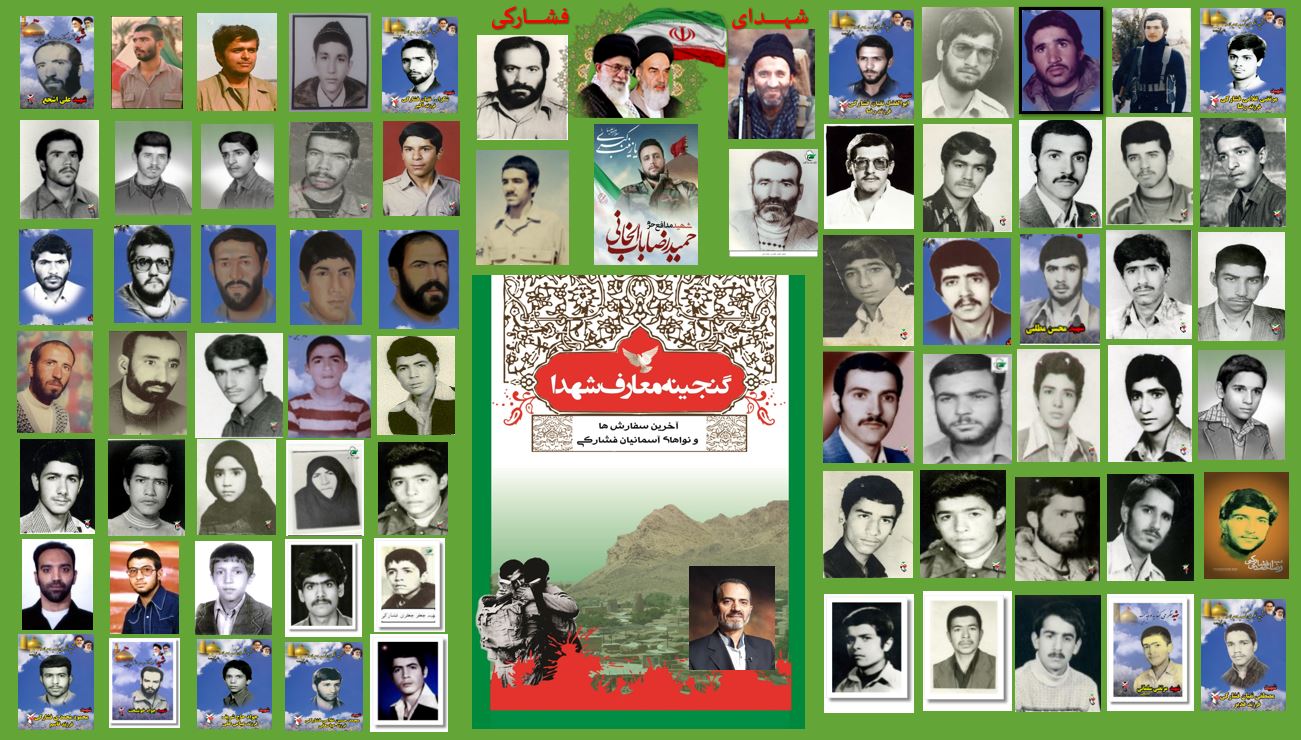ارزشهای فرهنگی غالب در سبکهای زندگی (مطالعة موردی: شهر تهران)
دوشنبه, ۷ آبان ۱۳۹۷، ۰۴:۵۸ ق.ظ
3کارشناس ارشد مطالعات زنان، کارشناس پژوهشی پژوهشگاه علوم انسانی و مطالعات فرهنگی

ارزشهای فرهنگی غالب در سبکهای زندگی (مطالعة موردی: شهر تهران) | ||
|
مقاله 5، دوره 5، شماره 3، پاییز 1393، صفحه 109-131 | ||
| نوع مقاله: علمی-پژوهشی | ||
| نویسندگان | ||
|
ناهید موید حکمت | ||
| 1دانشیار پژوهشگاه علوم انسانی و مطالعات فرهنگی | ||
| 2دکتری جامعه شناسی، استاد پژوهشگاه علوم انسانی و مطالعات فرهنگی | ||
| 3کارشناس ارشد مطالعات زنان، کارشناس پژوهشی پژوهشگاه علوم انسانی و مطالعات فرهنگی | ||
| چکیده | ||
| شناساییِ ارزشهای فرهنگی غالب در سبکهای زندگی از آن منظر مهم است که ارزشها فضایِ ذهنی فرد، سلیقهها، و ترجیحاتِ او را شکل میدهند و در نحوۀ انتخابهای عملی او، آنچه «سبک زندگی» نامیده میشود، تأثیر میگذارند. بر این مبنا، هدفِ اصلی این مقاله شناسایی ارزشهای غالب فرهنگی در سبکهای زندگی در سطح تهران است. مسئلة محوری شناساییِ نسبتِ میان ارزشهای موجود با ارزشهای آرمانی از منظر پاسخگویان است. روشِ تحقیق کمّی و شیوة گردآوری اطلاعات از یک سو، مصاحبه با 30 تن از افراد ناهمگن در سطح تهران به منظور شناساییِ مفاهیم و از سویِ دیگر، تکمیل پرسشنامۀ محققساخت است که در سال 1391 در میان 300 پاسخگویِ ناهمگون از نظرِ سن، جنسیت، میزان تحصیلات، شغل، میزان درآمد، و محل سکونت توزیع شده است. در این پژوهش از آمارهای توصیفی و استنباطیِ خوشه استفاده شده است. یافتهها حاکی از آن است که میان ارزشهای موجود در جامعه با ارزشهای آرمانی، برای تعیین «فردِ ارزشمند»، تفاوت دیده میشود. به گونهای که در مورد نخست، با حضورِ پررنگِ ارزشهای «ظاهرگرایانه» همچون چشم و همچشمی، خودنمایی، و دورویی و حضور کمرنگ ارزشهای «دگرگرایانه» مانند همدلی و قدرشناسی مواجهایم. این در حالی است که فردِ ارزشمند، از نظر پاسخگویان، فردی خردورز و تحصیلکرده قلمداد شده است. همچنین، غالبِ ارزشهای پیشگفته با متغیرهای مستقل این تحقیق از جمله جنسیت، سن، میزان تحصیلات، محل سکونت، درآمد، و اشتغال تفاوت معناداری ندارند و نوعی یکدستی را در یافتههای ارزشی شاهدیم. | ||
| کلیدواژهها | ||
| ارزش؛ چشم و همچشمی؛ دورویی؛ خودنمایی؛ همدلی؛ قدرشناسی؛ تناقض ارزشی | ||
| عنوان مقاله [English] | ||
| Dominant Cultural Values in Life Styles: A Case Study in the City of Tehran | ||
| نویسندگان [English] | ||
| Nahid Moayed Hekmat1؛ Buick Mohammadi2؛ Maryam Sadat Hashemi Fesharaki3 | ||
| چکیده [English] | ||
| Identification of dominant cultural values in life styles gains more importance when we understand how values can shape individual’s mental space, tastes, and preferences and affect their practical choices in what is called life-style. Accordingly, the main purpose of this study is to shed light on dominant cultural values in the city of Tehran. The pivotal problem is to measure the ratio between the ideal and current real values among the respondents. The method of the study is quantitative. The data was collected by both interviewing 30 people selected from a heterogeneous group of people from Tehran to explore the concepts and responding to a questionnaire made by the researcher which was distributed among 300 respondents who differed in age, gender, academic education, income, and residency in 1391. Descriptive and inferential clustering statistics are employed in this study. Findings display a gap between current real and ideal values for determination of the valuable person. In case of the former, we face the saliency of “pretentious” values such as emulation, ostentation, and hypocrisy and the triviality of values of considering others such as empathy and gratefulness. This occurs in spite of the fact that the valuable person, in the view of respondents, has been identified as a wise and educated person. In addition, there is no significant difference between the before mentioned dominant values and the independent variables of this study including, gender, age, academic education, residency, income, and employment which consequently reveals the fact that we experience a kind of homogeneity in our value findings. | ||
| کلیدواژهها [English] | ||
| value, Emulation, hypocrisy, Ostentation, Empathy, Gratefulness, Value Conflict | ||
| مراجع | ||
Identification of dominant cultural values in life styles gains more importance when we understand how values can shape individual’s mental space, tastes, and preferences and affect their practical choices in what is called life-style. Accordingly, the main purpose of this study is to shed light on dominant cultural values in the city of Tehran. The pivotal problem is to measure the ratio between the ideal and current real values among the respondents. The method of the study is quantitative. The data was collected by both interviewing 30 people selected from a heterogeneous group of people from Tehran to explore the concepts and responding to a questionnaire made by the researcher which was distributed among 300 respondents who differed in age, gender, academic education, income, and residency in 1391. Descriptive and inferential clustering statistics are employed in this study. Findings display a gap between current real and ideal values for determination of the valuable person. In case of the former, we face the saliency of “pretentious” values such as emulation, ostentation, and hypocrisy and the triviality of values of considering others such as empathy and gratefulness. This occurs in spite of the fact that the valuable person, in the view of respondents, has been identified as a wise and educated person. In addition, there is no significant difference between the before mentioned dominant values and the independent variables of this study including, gender, age, academic education, residency, income, and employment which consequently reveals the fact that we experience a kind of homogeneity in our value findings.
| ||
آمار | ||
http://socialstudy.ihcs.ac.ir/article_1705_0.html

